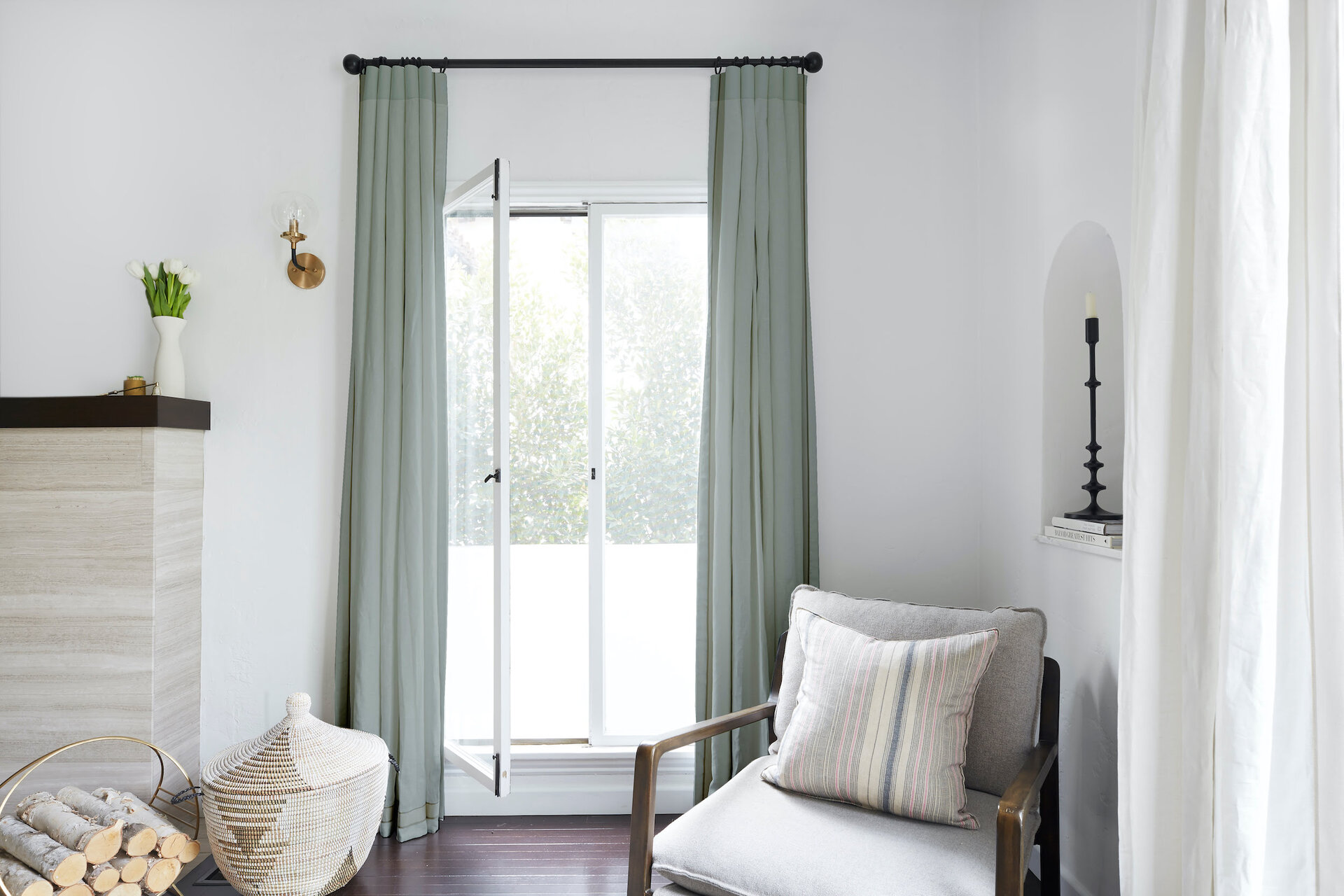

Articles
What Fabric Drapes Well
Modified: December 7, 2023
Discover the best articles on fabrics that drape well and enhance the look of your attire. Find out which fabrics are perfect for achieving graceful drapes.
(Many of the links in this article redirect to a specific reviewed product. Your purchase of these products through affiliate links helps to generate commission for Storables.com, at no extra cost. Learn more)
Introduction
When it comes to choosing fabrics for draping, it’s important to consider their drapability – the way in which they hang and flow when used in garments, curtains, or other decorative purposes. Fabrics with good drapability can create elegant and flattering silhouettes, while those with poor drapability may look stiff and unflattering.
Several factors influence the drapability of fabrics, including the fiber content, weave, weight, and finish. Natural fabrics, such as silk and rayon, often have excellent drapability due to their inherent characteristics. On the other hand, some synthetic fabrics, like polyester, can also exhibit good drapability when designed and finished appropriately. Additionally, blended fabrics, which combine natural and synthetic fibers, can offer a balance of drapability and durability.
In this article, we’ll explore various types of fabrics that drape well, providing you with valuable insights to help you make informed choices when selecting fabrics for any drapery project.
Key Takeaways:
- Fabrics with good drapability, such as silk, rayon, and modal, create elegant and graceful silhouettes in garments and drapery projects, enhancing the overall look and feel with their luxurious flow.
- When choosing fabrics for draping, consider factors like fiber content, weave, weight, finish, and stretch to ensure the desired drape, elegance, and fluidity in your garments and decorative items.
Read more: How To Drape A Ceiling With Fabric
Factors Affecting Drapability of Fabrics
The drapability of a fabric is determined by several factors that affect its ability to hang and flow gracefully. Understanding these factors can help you select fabrics that will drape well for your specific project. Here are the key factors to consider:
- Fiber Content: The type of fiber used in a fabric has a significant impact on its drapability. Natural fibers like silk, rayon, and cotton tend to have excellent drapability due to their inherent flexibility and softness. On the other hand, fabrics made from synthetic fibers like polyester or nylon may have varying levels of drapability depending on the weave and finish.
- Weave: The way the threads are interlaced in the fabric weave affects how the fabric falls and moves. Fabrics with a looser or more open weave, such as chiffon or georgette, tend to have better drapability as they allow for more movement. Fabrics with a tight or dense weave, such as twill or canvas, have less drape and are better suited for structured garments.
- Weight: The weight of a fabric also plays a role in its drapability. Lighter-weight fabrics like silk charmeuse or lightweight jersey tend to have better drape as they are more fluid and allow for graceful movement. Heavier fabrics like denim or upholstery fabrics, while durable, may lack the desired drapability for flowing garments.
- Finish: The finish applied to a fabric can affect its drapability. Fabrics with a smooth finish, such as satin or silk, tend to drape well due to their slippery texture. Finishes like starch or stiffening agents can stiffen the fabric, reducing its drape. It’s important to consider the finish when selecting a fabric for draping purposes.
- Stretch: Fabrics with a certain degree of stretch, such as jersey or spandex blends, can offer good drapability as they conform to the body’s movements. The stretch allows for a more fluid and natural drape, making them suitable for garments that require ease of movement.
By taking these factors into account, you can select fabrics that possess the drapability you desire for your project, whether it’s a flowing dress, elegant curtains, or any other fabric application where drape is important.
Natural Fabrics with Good Drapability
Natural fabrics are known for their luxurious feel and excellent drapability. Here are some natural fabrics that are renowned for their ability to drape beautifully:
- Silk: Silk is often considered the gold standard when it comes to drapable fabrics. Its smooth texture, lightweight nature, and natural sheen give it an unparalleled elegance. Silk charmeuse, silk chiffon, and silk satin are popular choices for garments and drapery projects that require a graceful and flowing drape.
- Rayon: Rayon, a semi-synthetic fabric made from cellulose fibers, is prized for its excellent drapability. It closely resembles silk in its drape and is often more affordable. Rayon challis, rayon jersey, and rayon crepe are popular choices for lightweight and breathable garments with a fluid drape.
- Cotton: While cotton fabrics may not have the same level of inherent drape as silk or rayon, they can still exhibit good drapability, especially when they have a looser or more textured weave. Cotton voile, cotton lawn, and cotton gauze are examples of light and airy cotton fabrics that can offer a softer drape.
- Modal: Modal is a fabric derived from beech tree pulp, known for its exceptional drapability. It has a soft and smooth feel, similar to silk, and offers excellent breathability. Modal jersey and modal satin are popular choices for drapey dresses, tops, and scarves.
- Tencel: Tencel, also known as lyocell, is a sustainable fabric made from wood pulp. It has a soft and silky feel, and its inherent drapability makes it a popular choice for both clothing and home textile applications. Tencel twill, Tencel satin, and Tencel jersey are commonly used for garments that require a soft and elegant drape.
These natural fabrics offer a wide range of options for creating beautifully draped garments, curtains, and other decorative items. Their softness, fluidity, and natural sheen make them ideal choices for projects where drapability is essential.
Synthetic Fabrics with Good Drapability
While natural fabrics are often favored for their drapability, there are synthetic fabrics that can also offer excellent drape when designed and finished properly. Here are some synthetic fabrics known for their good drapability:
- Polyester: Polyester is a popular synthetic fabric that can exhibit good drapability, especially when it is designed with a looser weave. Polyester satin, for example, has a smooth and shiny surface that drapes elegantly. Polyester blends, such as polyester-rayon or polyester-spandex, can combine the strength and durability of polyester with the added drapability of other fibers.
- Acetate: Acetate is another synthetic fabric known for its drape. It has a soft, lightweight feel and a lustrous appearance, resembling silk. Acetate satin and acetate chiffon are commonly used for garments that require a flowing and graceful drape.
- Nylon: Nylon is a synthetic fiber that can possess good drapability when incorporated into fabrics with appropriate weaves and finishes. It is often blended with other fibers to enhance its drape and durability. Nylon chiffon and nylon georgette are examples of lightweight fabrics that can offer a delicate and airy drape.
- Modal Blends: Modal blends, which combine the natural fabric modal with synthetic fibers like polyester or nylon, can offer a balance of drapability and durability. Modal-polyester blends and modal-nylon blends are often used in garments that require a soft and fluid drape with enhanced strength and resilience.
- Spandex Blends: Fabrics with a blend of spandex, also known as elastane, can provide excellent drapability along with stretch and recovery. Spandex blends, such as spandex jersey or spandex satin, are frequently used in garments that require a comfortable and flattering drape, allowing for ease of movement.
These synthetic fabrics give you a range of options when it comes to choosing materials that offer good drapability. With the right weave, finish, and blend, these fabrics can provide the drape you desire for your garments or drapery projects.
Choose fabrics like silk, satin, chiffon, and jersey for garments that require good drape. These fabrics have a natural flow and are perfect for creating elegant and fluid silhouettes.
Blended Fabrics with Good Drapability
In addition to natural and synthetic fabrics, blended fabrics that combine both natural and synthetic fibers can offer a balance of drapability and durability. Here are some blended fabrics known for their good drapability:
- Viscose/Rayon Blends: Blending viscose or rayon with other fibers like polyester or spandex can enhance the drapability of the fabric. Viscose-polyester blends and rayon-spandex blends can provide a smooth and luxurious drape while offering durability and flexibility.
- Cotton/Linen Blends: Blending cotton with linen can create fabrics with excellent drape while maintaining the natural look and breathability of both fibers. Cotton-linen blends are commonly used for drapery projects and lightweight garments that have a relaxed and elegant drape.
- Silk/Cotton Blends: Combining silk and cotton can result in fabrics with a luxurious drape and enhanced durability. Silk-cotton blends offer the best of both fibers – the softness and sheen of silk combined with the breathability and ease of care of cotton.
- Wool/Viscose Blends: Blending wool with viscose can create fabrics that have a beautiful drape along with a slight stretch and softness. Wool-viscose blends are often used for tailored garments that require structure and ease of movement.
- Linen/Rayon Blends: Linen blended with rayon can offer improved drapability while retaining the natural texture and breathability of linen. Linen-rayon blends are commonly used for garments and home textiles that require a relaxed and flowy drape.
Blended fabrics provide a versatile option for those seeking fabrics with a balance of drapability and functionality. By combining different fibers, these fabrics can offer the desired drape along with added strength, flexibility, and ease of care.
Read more: What Are Drapes?
Fabrics to Avoid for Draping
While some fabrics excel in drapability, others may not be suitable for achieving a graceful and flowing drape. Here are some fabrics to avoid when it comes to draping:
- Stiff Fabrics: Fabrics that are inherently stiff and structured, such as denim or heavy canvas, are not suitable for achieving a soft and fluid drape. These fabrics are better suited for more structured garments or items that require durability and shape retention.
- Thick Fabrics: Fabrics with a thick and heavy weight, like upholstery fabrics or thick wool, are not ideal for draping purposes. Their weight and lack of fluidity make it challenging to achieve a graceful flow and movement in the fabric.
- Fabrics with Limited Stretch: Fabrics without any stretch or minimal stretch, such as woven fabrics without elastane or spandex content, can hinder the natural drape of a garment. Without the flexibility and stretch, the fabric may appear stiff and rigid when draped on the body.
- Fabrics with Pronounced Texture: Fabrics with a highly textured surface, like jacquard or brocade, can create a visually interesting effect but may not drape as smoothly or elegantly as fabrics with a smoother surface. The texture can disrupt the flow of the fabric, resulting in a less desirable drape.
- Stiffened Fabrics: Fabrics that have been heavily treated with starch or other stiffening agents will not drape well. These treatments are often used for more structured applications, such as tailoring or stiff petticoats, and are not appropriate for achieving a soft and fluid drape.
Avoiding these fabrics will help ensure a better outcome when draping garments or creating flowing drapery projects. Choose fabrics that have the desired characteristics of softness, flexibility, and a lightweight nature to achieve a graceful and elegant drape.
Tips for Choosing Fabrics with Good Drapability
When it comes to selecting fabrics with excellent drapability, consider these tips to guide you in making the right choices:
- Feel the Fabric: Before purchasing a fabric, feel it in your hands. Fabrics that feel soft, smooth, and lightweight are more likely to have good drapability. Avoid fabrics that feel stiff, heavy, or rigid, as they may not hang and flow gracefully.
- Consider the Fiber Content: Natural fabrics like silk, rayon, and modal are known for their good drapability. Look for fabrics that contain these fibers or blends that incorporate them. Synthetic fabrics like polyester can also have good drapability when designed and finished properly.
- Pay Attention to the Weave: Fabrics with a looser or more open weave tend to have better drapability, allowing for more movement and flow. Fabrics with a tight or dense weave may be better suited for structured garments. Look out for weaves like chiffon, georgette, or charmeuse.
- Check the Weight: Lighter-weight fabrics generally offer better drape as they are more fluid and allow for graceful movement. Heavier fabrics, on the other hand, may lack the desired drape. Consider the weight of the fabric in relation to your project’s requirements.
- Examine the Finish: The finish applied to a fabric can impact its drapability. Fabrics with a smooth and slippery finish, like satin or silk, often have good drapability. Avoid fabrics that have been heavily treated with stiffening agents, as they will compromise the fabric’s ability to drape nicely.
- Look for Stretch: Fabrics with a certain degree of stretch can enhance drapability as they conform to the body’s movements. Consider fabrics that have a blend of natural or synthetic fibers with elastane or spandex for added stretch and flexibility.
- Seek Inspiration: Look for examples of finished garments or drapery projects made with the fabrics you are considering. Assess the drape and flow of the fabric in these finished products to get an idea of how it will behave in your own project.
- Test the Fabric: If possible, drape the fabric over your arm or hold it up to see how it hangs and moves. Pay attention to how it drapes, whether it falls smoothly or appears stiff and rigid. This hands-on approach can give you a better sense of the fabric’s drape before making a purchase.
By considering these tips and taking the time to evaluate the fabric’s characteristics, you can select fabrics that have excellent drapability, ensuring elegant and flowing results in your garments and drapery projects.
Conclusion
Choosing fabrics with good drapability is essential for creating garments and drapery projects that have an elegant and graceful flow. Natural fabrics like silk, rayon, and cotton are renowned for their excellent drape, while synthetic fabrics like polyester and nylon can also offer good drapability when designed appropriately. Blended fabrics that combine natural and synthetic fibers can provide a balance of drapability and durability.
Factors such as fiber content, weave, weight, finish, and stretch influence a fabric’s drapability. Fabrics to avoid for draping include stiff fabrics, thick fabrics, fabrics with limited stretch, fabrics with pronounced texture, and fabrics that have been heavily stiffened.
To choose fabrics with good drapability, it’s important to consider factors such as the feel of the fabric, fiber content, weave, weight, finish, and stretch. By feeling the fabric, considering the fiber content, paying attention to the weave, checking the weight, examining the finish, looking for stretch, seeking inspiration, and testing the fabric, you can make informed choices.
In conclusion, selecting fabrics with good drapability enhances the overall look and feel of your projects. Whether you’re creating flowing garments, elegant curtains, or other drapery items, choosing fabrics with excellent drapability will ensure that they hang and flow gracefully, giving them a sophisticated and polished appearance.
Take the time to explore different fabrics, feel them in your hands, and envision how they will drape in your desired project. By considering the factors that affect drapability and following the tips provided, you can confidently choose fabrics that will deliver beautiful and captivating results.
Frequently Asked Questions about What Fabric Drapes Well
Was this page helpful?
At Storables.com, we guarantee accurate and reliable information. Our content, validated by Expert Board Contributors, is crafted following stringent Editorial Policies. We're committed to providing you with well-researched, expert-backed insights for all your informational needs.
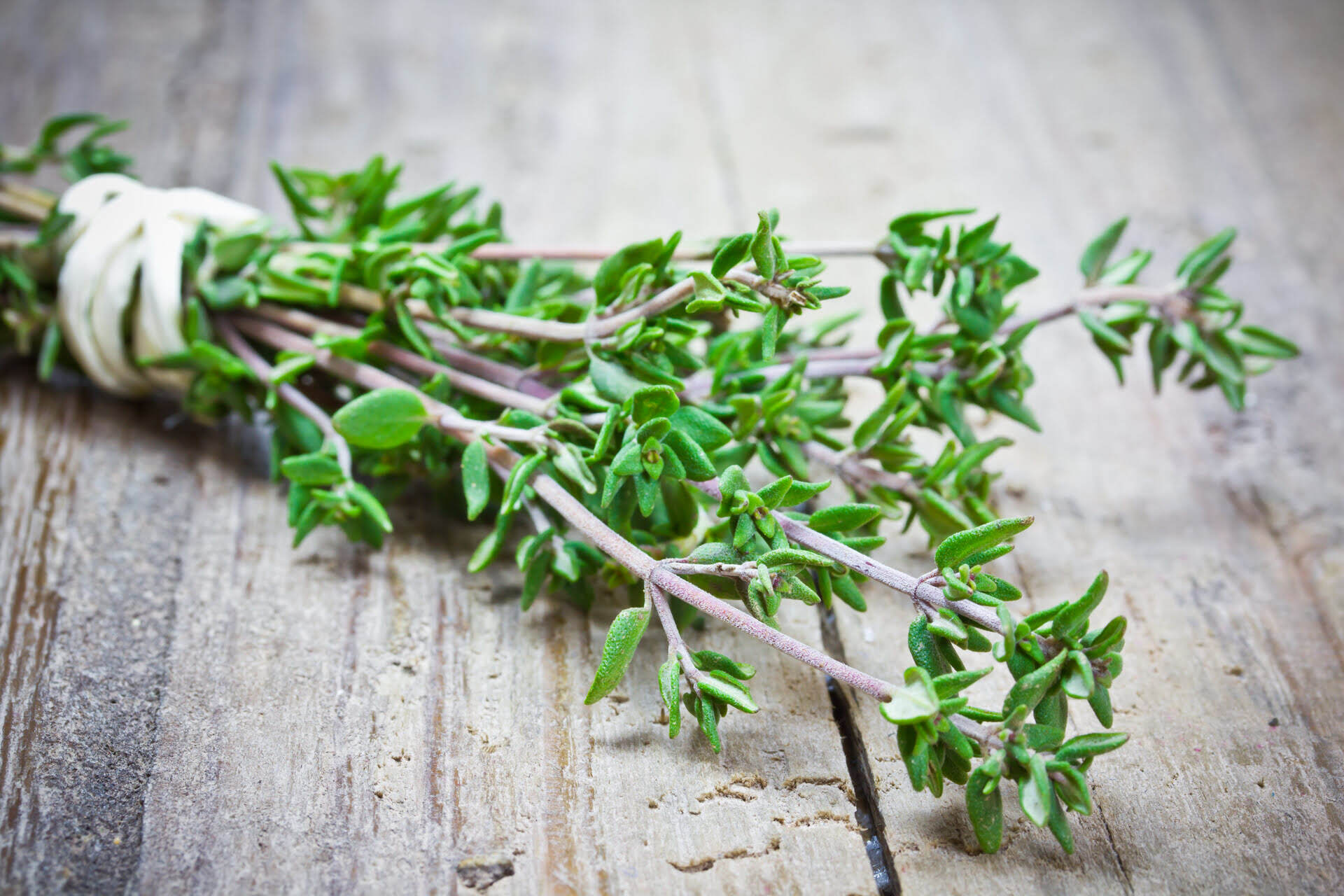
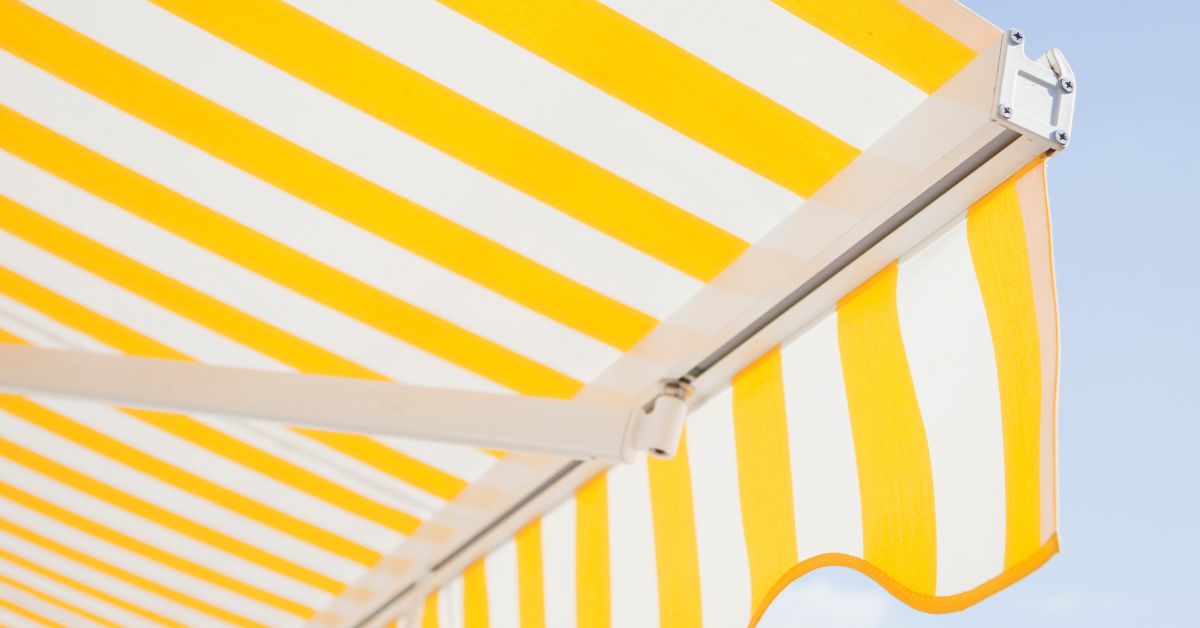
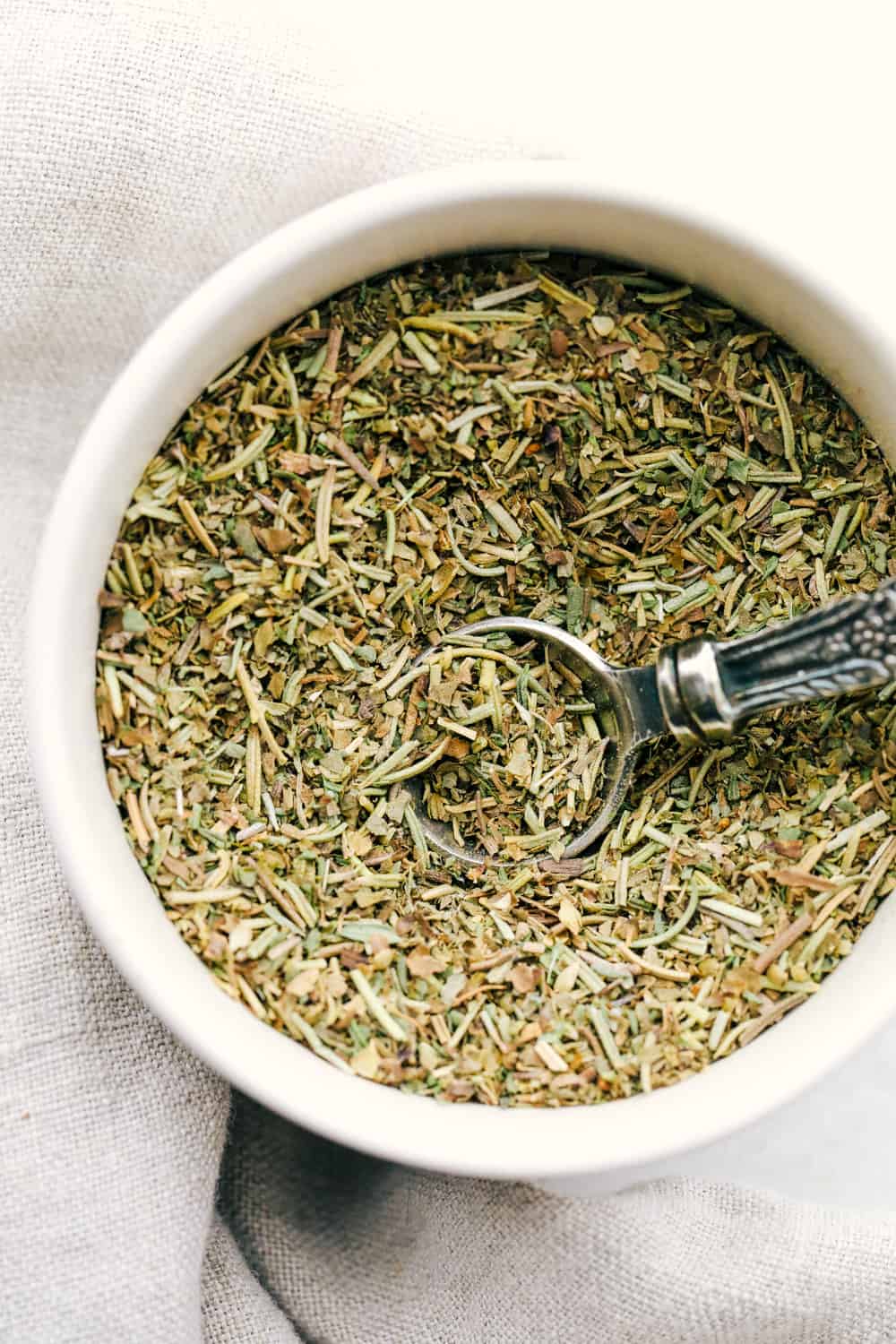
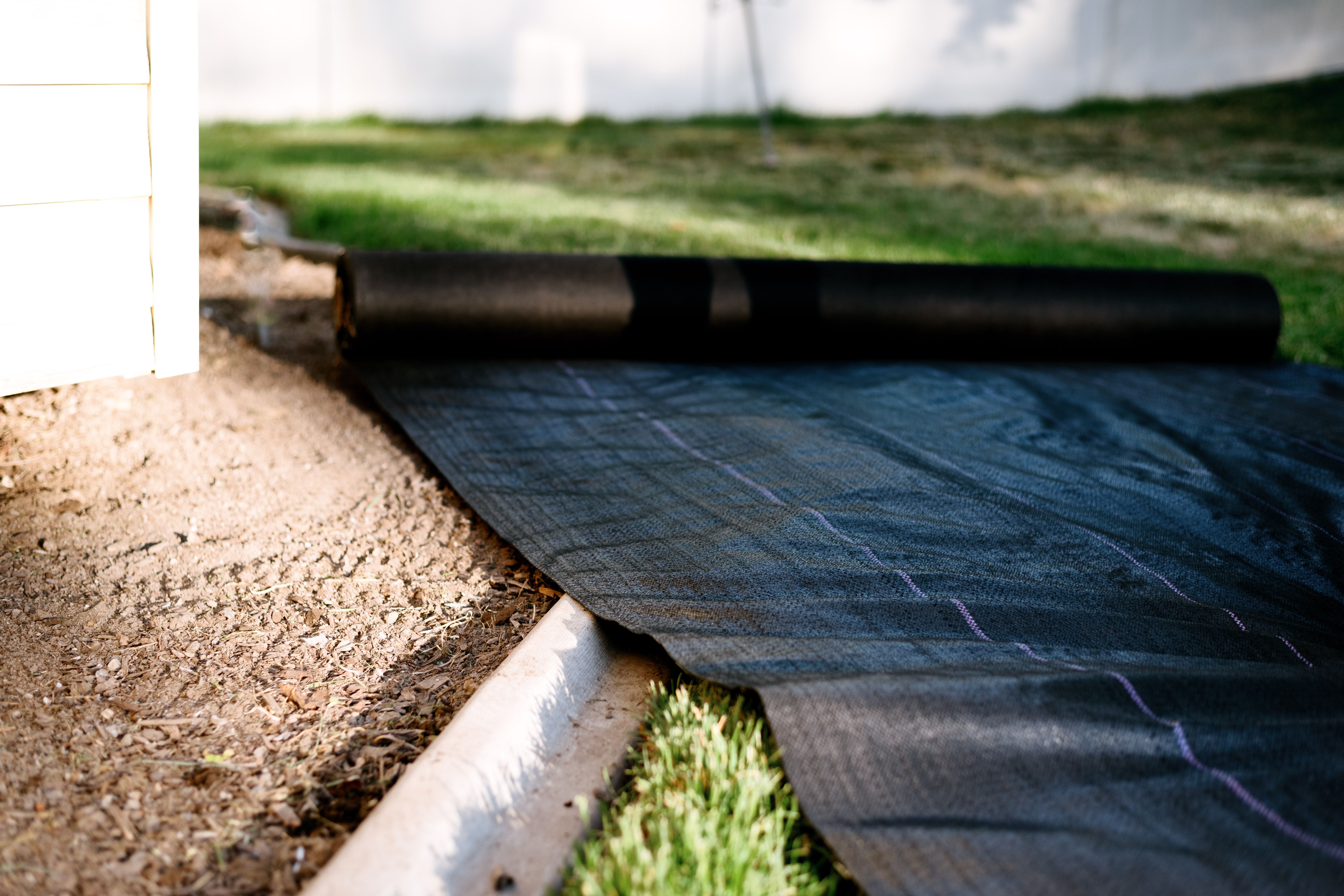
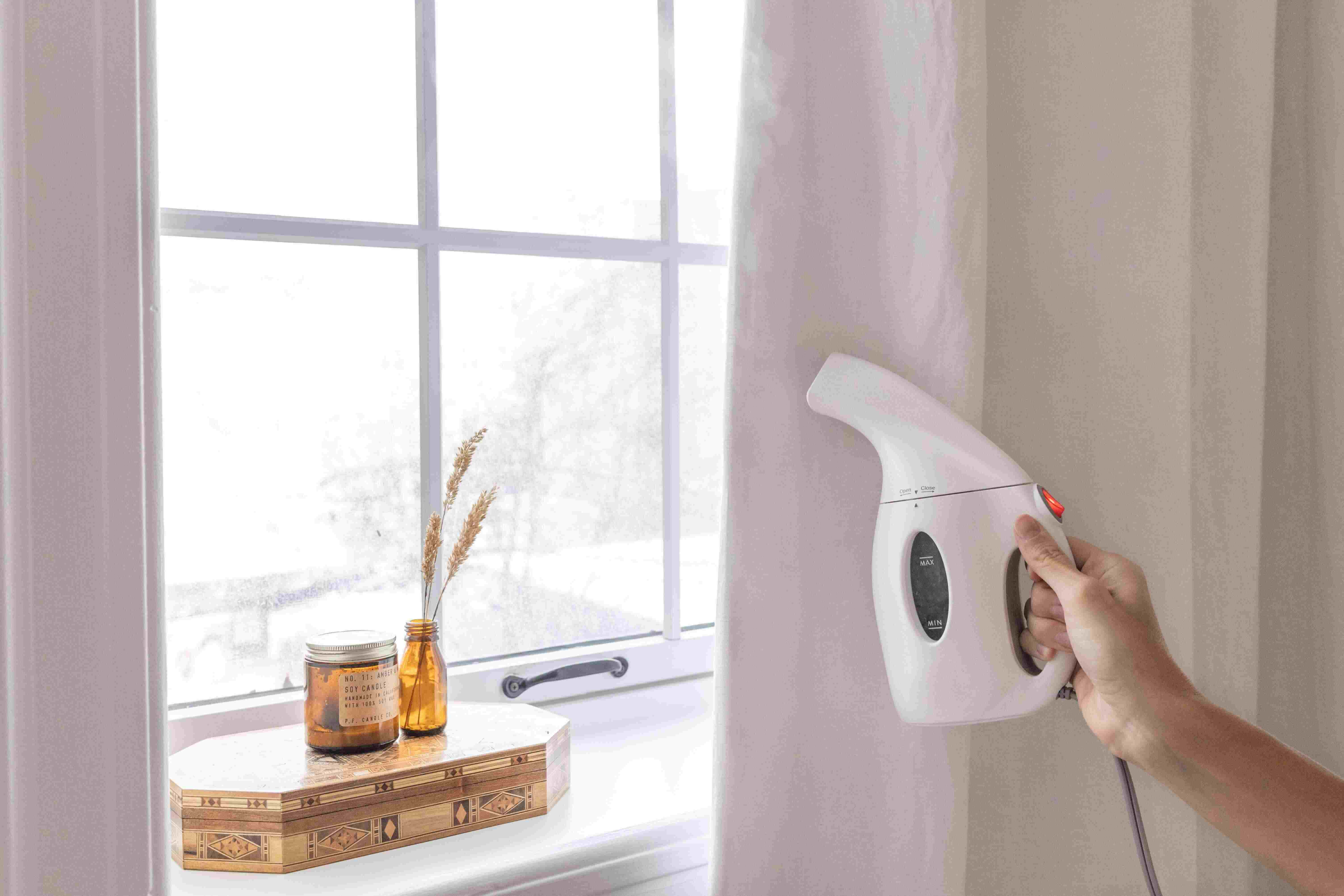

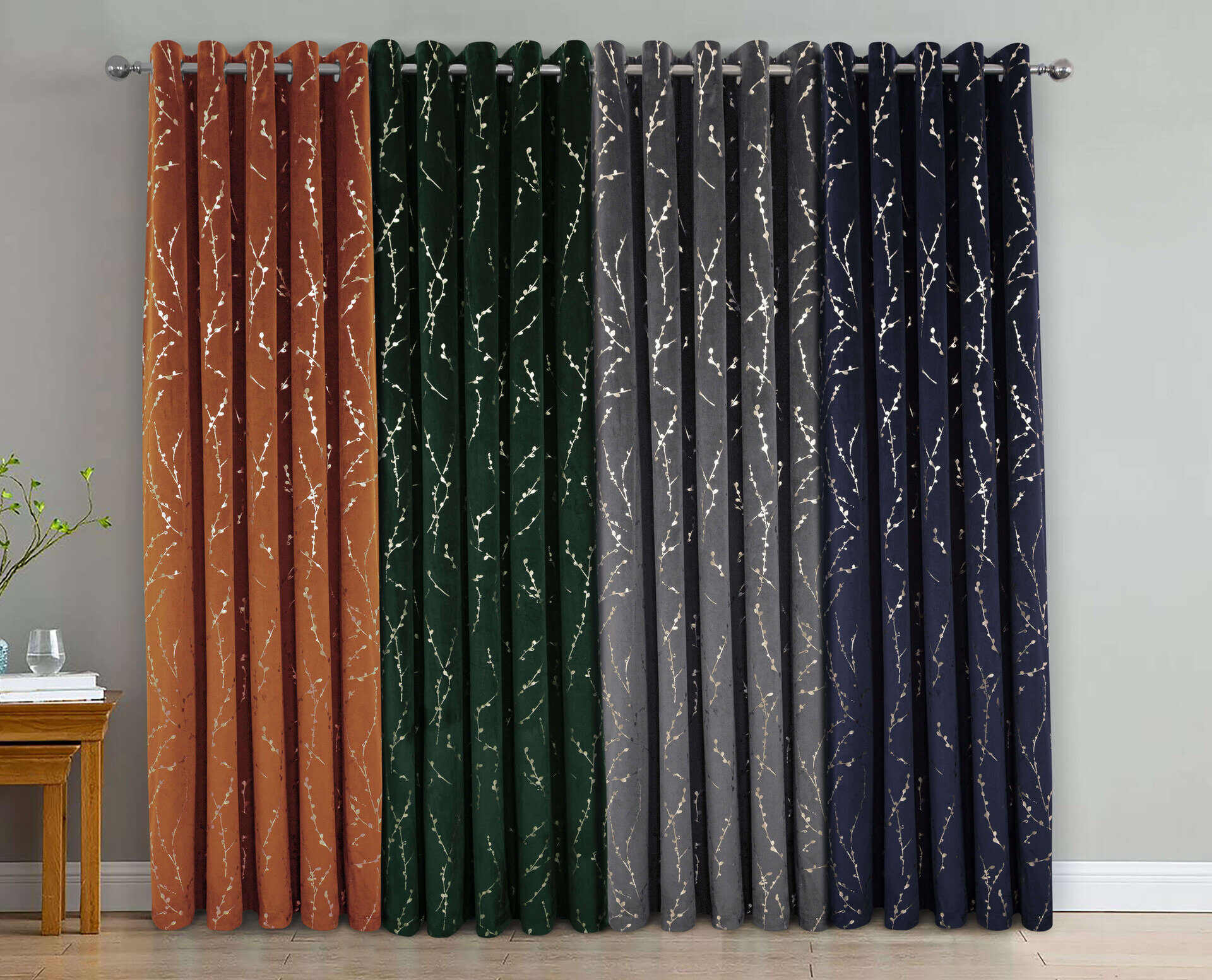
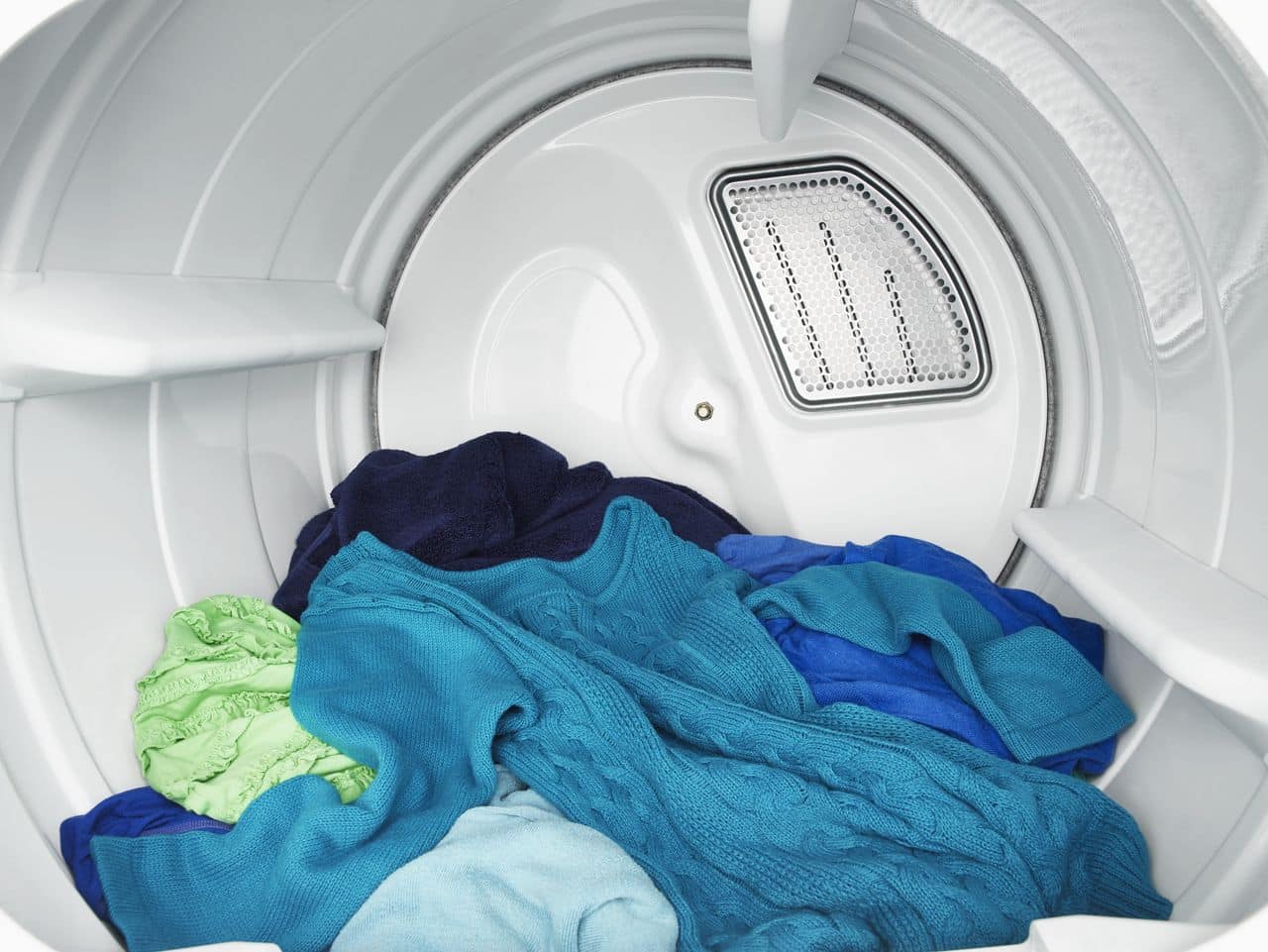
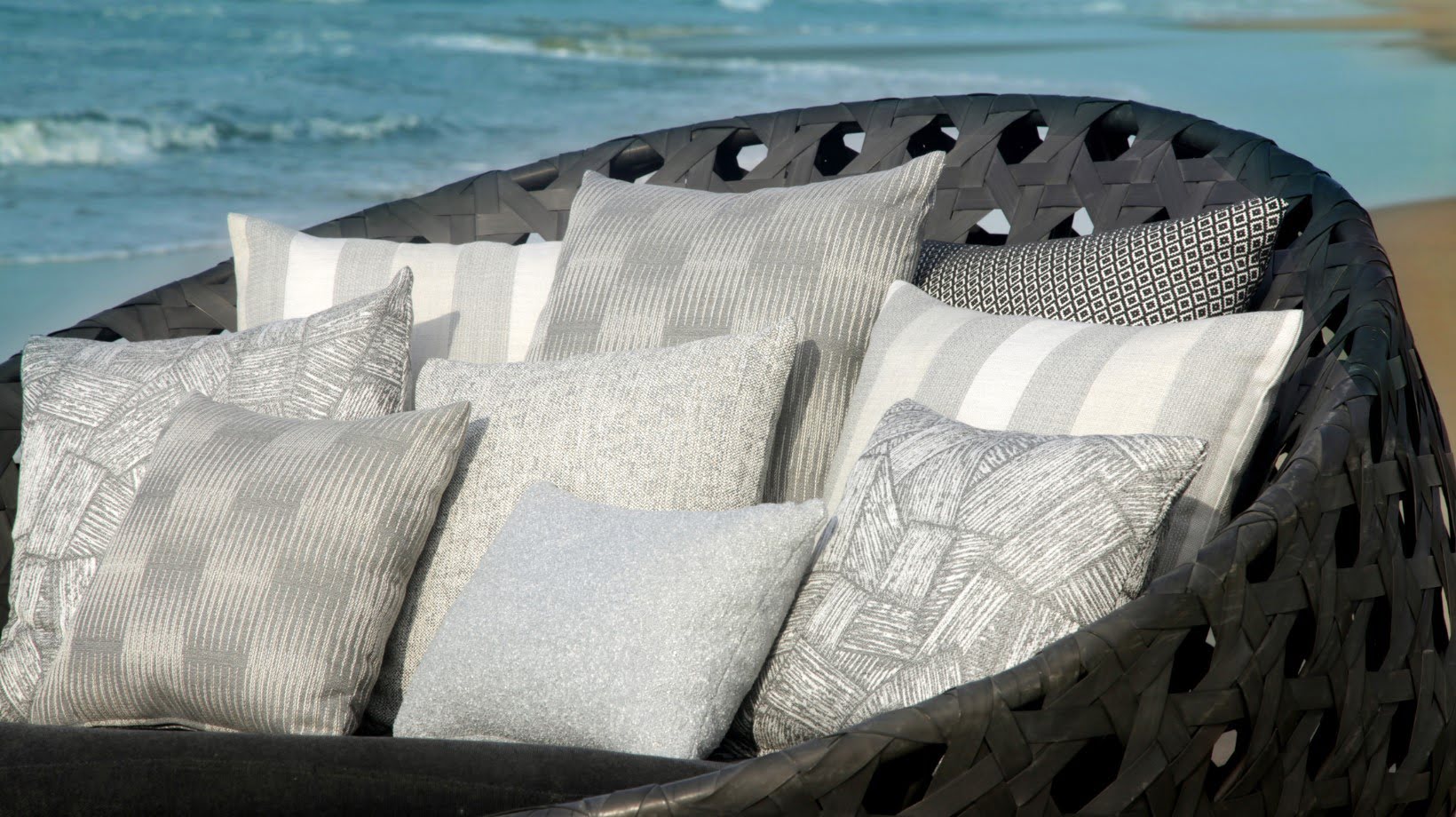
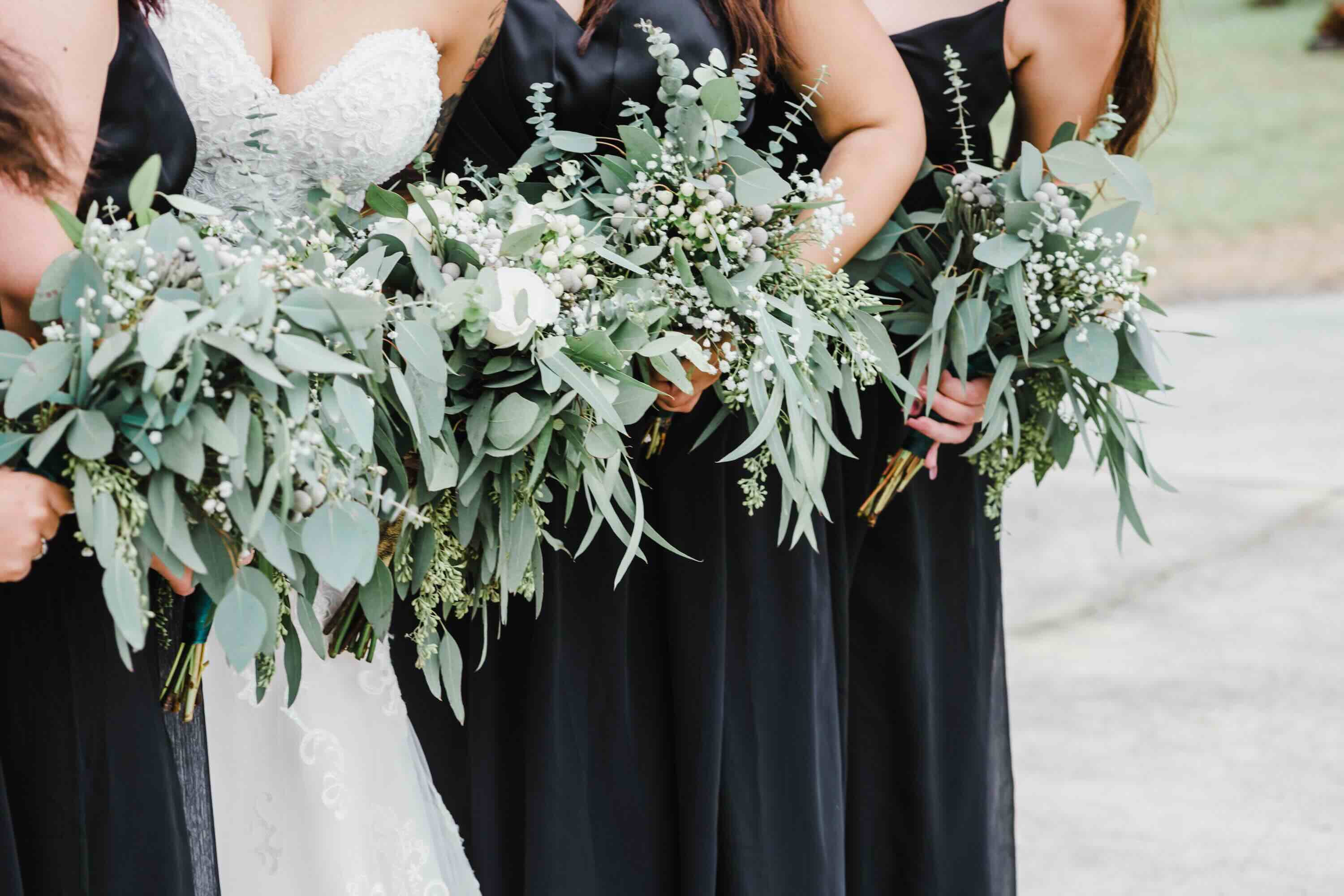
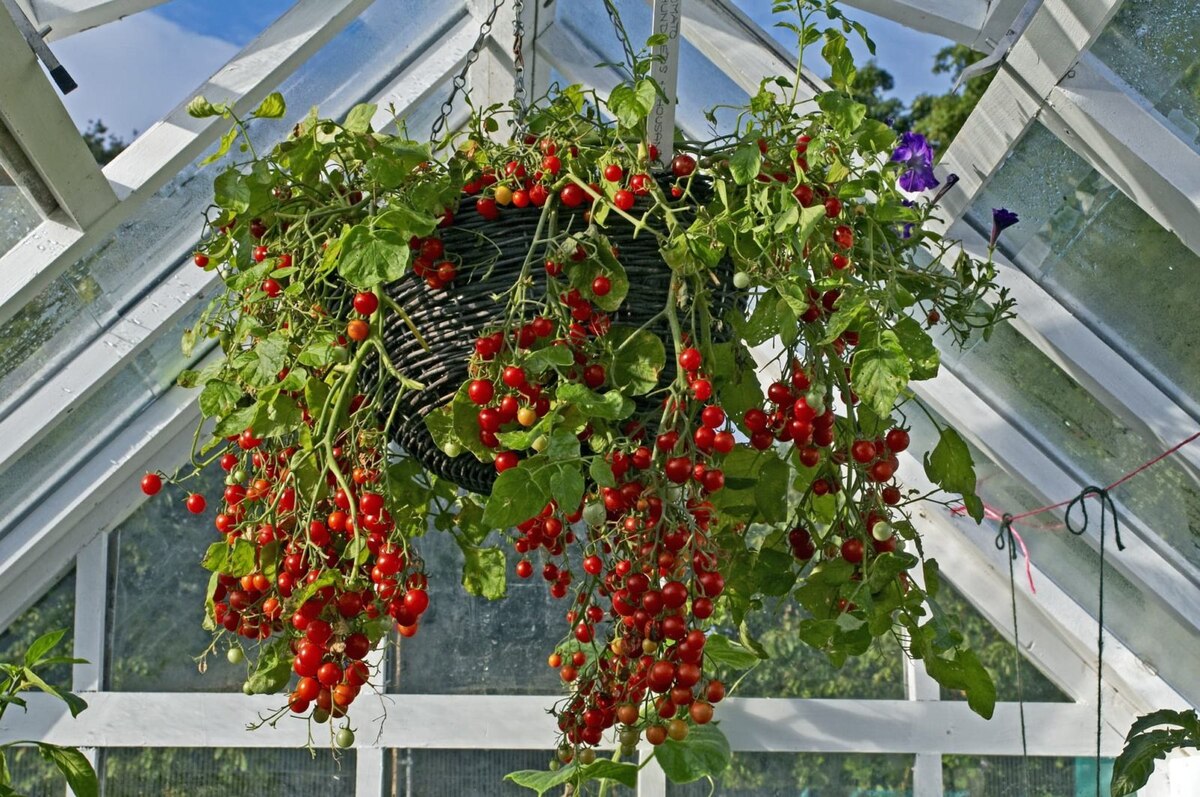
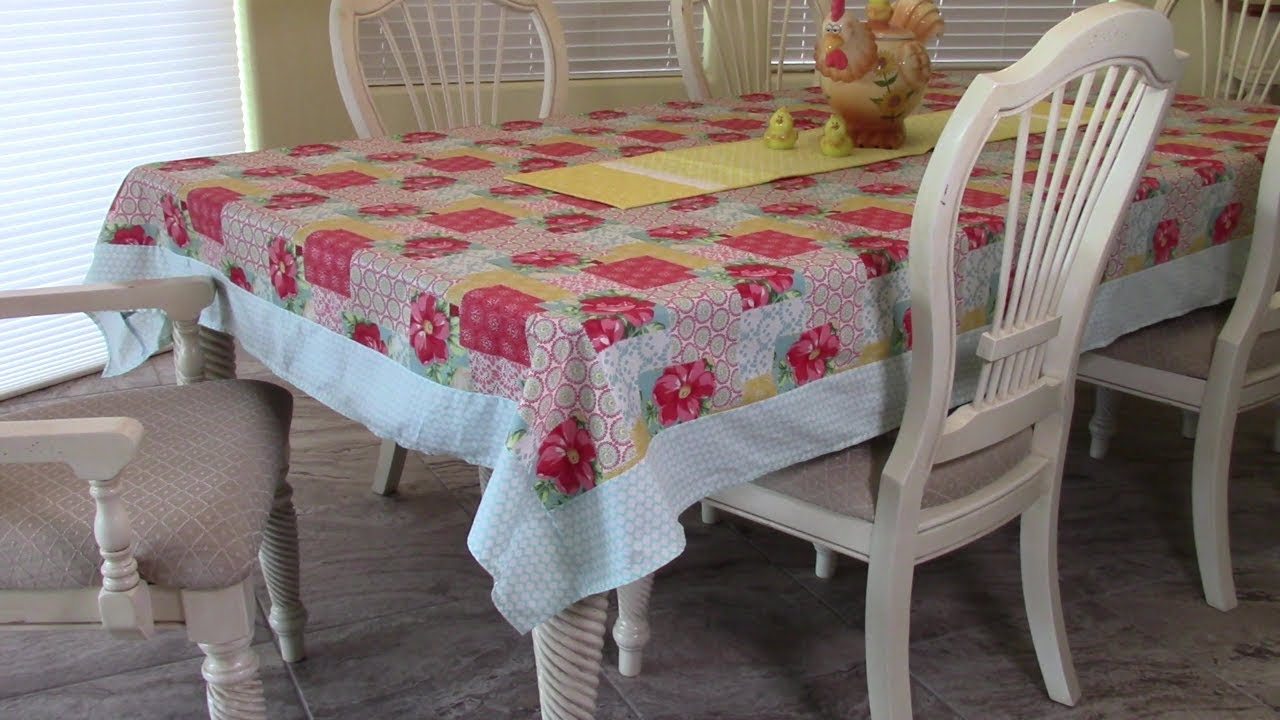
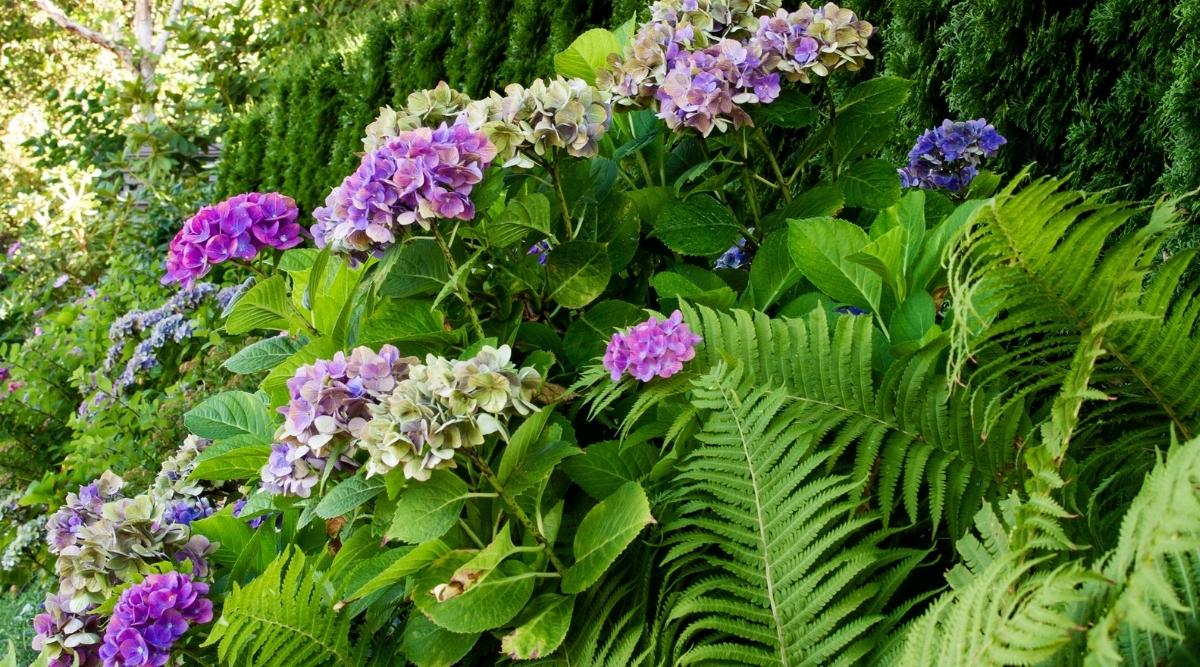
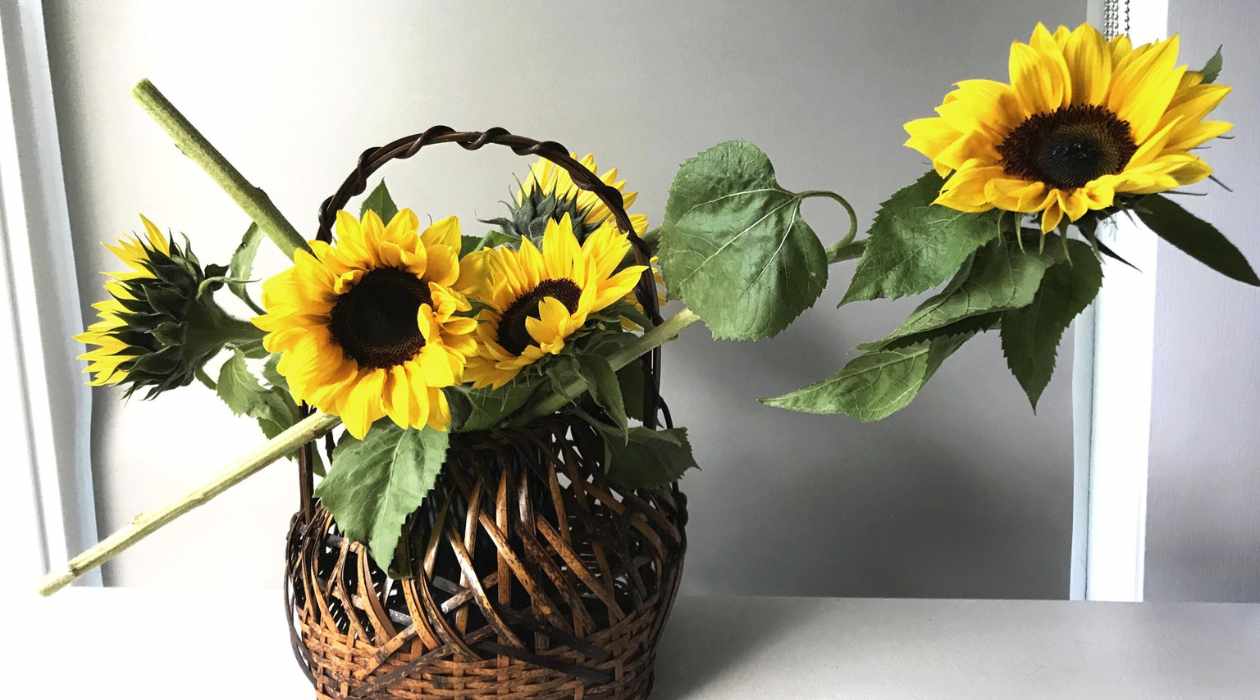

0 thoughts on “What Fabric Drapes Well”